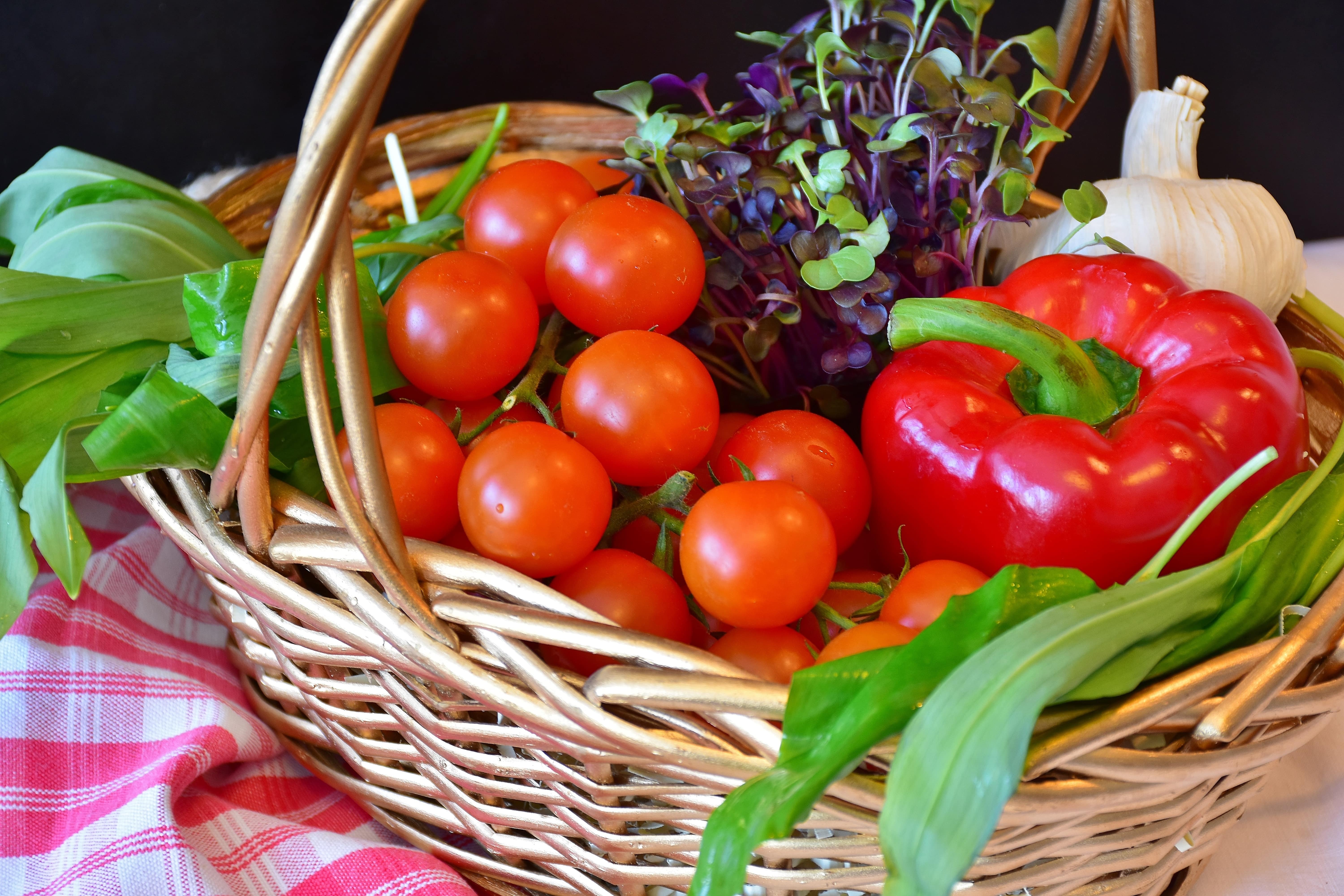Stepping Up to a Smaller Foodprint
Invocation
We join with the Earth and with each other.
We join together as many and diverse expressions of one loving mystery for the healing of the Earth and the renewal of all life. Amen.
Reflection
No doubt, you know the size of your foot but are you aware of the size of your “foodprint? Do I hear you asking yourself, “What is my “foodprint?”
Whatever foods make up your meals, your “foodprint” is the result of everything it takes to get those foodstuffs on your plate. It’s the calculated environmental impact of all the resources, including the land, and processes required to sustain your diet.
Our daily choices increase or decrease the size of our “foodprint”. Raising our awareness of choosing differently can positively reduce its dimension.
There are several ways we can reduce our “foodprint” when eating at home:
 By adopting one or more meatless meals per week. Our World in Data estimates that half of global greenhouse gas emissions from food production are caused by animal agriculture, supply chains and land use for meat.
By adopting one or more meatless meals per week. Our World in Data estimates that half of global greenhouse gas emissions from food production are caused by animal agriculture, supply chains and land use for meat.
By buying as much as possible local in season produce thereby reducing the impact of transporting goods.
By lessening the amount of food waste through meal planning before grocery shopping or making better use of your freezer.
The websites inhabitat.com and foodprint.org provide us four reminders when eating out or ordering in:
Just Say No: Inform your server if you don’t wish the extras such as rolls, chips or sauces which automatically come to the table. When placing your order, indicate you’re not interested in having the side item or ask to substitute an alternative.
Remember Season and Locale: Patronize restaurants having menu items geared to what’s in season rather the same dishes year-round. Enquire from where the restaurant sources its meats and vegetables. If the server seems uncertain, suggest the chef or manager might be asked.
Minimize Food Waste: Think about sharing an appetizer or entree. Consider bringing your own reusable container for “doggy bag” items.
Turn Down the Add Ins: When placing your takeout order, decline cutlery, plastics straws, napkins, and condiments. (Remember the bottle of ketchup, mustard and soy sauce in your fridge.)
Prayer: Sharing the Loaves and Fishes
Sharing the loaves and fishes,
You gave us an image of solidarity with the hungry, O Lord.
Sharing yourself in the bread and wine,
You called all to the table, O Lord.
Give me the hunger to be a part of the feeding
And the healing of this world.
Nourish me with your Grace,
So I may work with joy to serve your children.
Open my eyes and my heart
To recognize those in poverty
And increase my awareness
Of the structures and systems
That need to be changed
So we may all break bread together.
In your name we pray for the end of hunger.
- A commonly used prayer
By Sisters Betty Lou Knox, Mary Mettler and Janet Speth, CSJ

